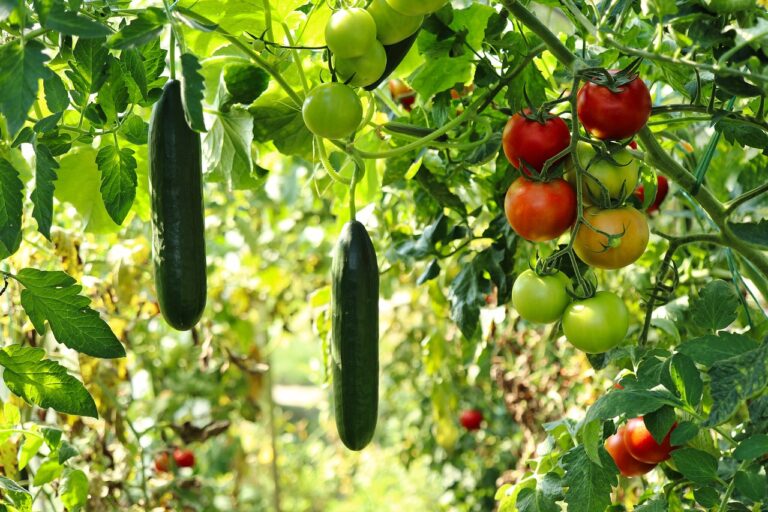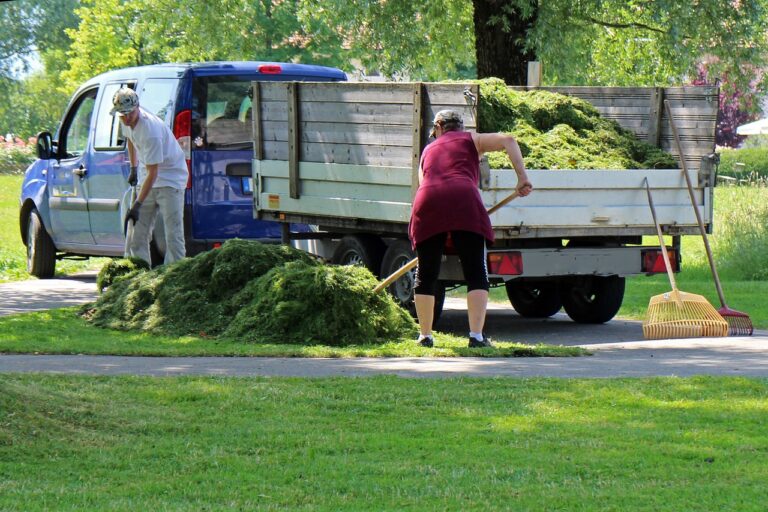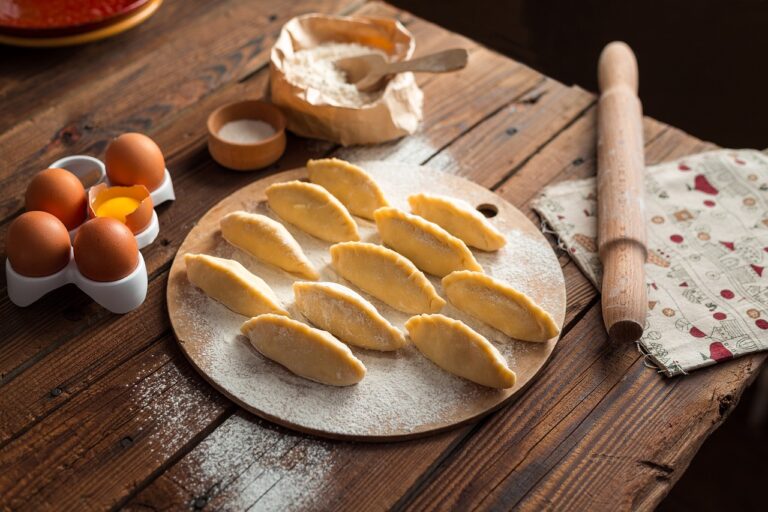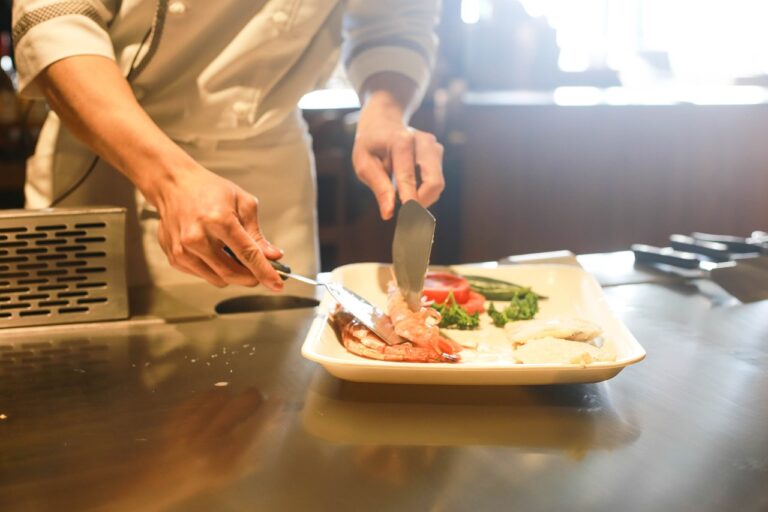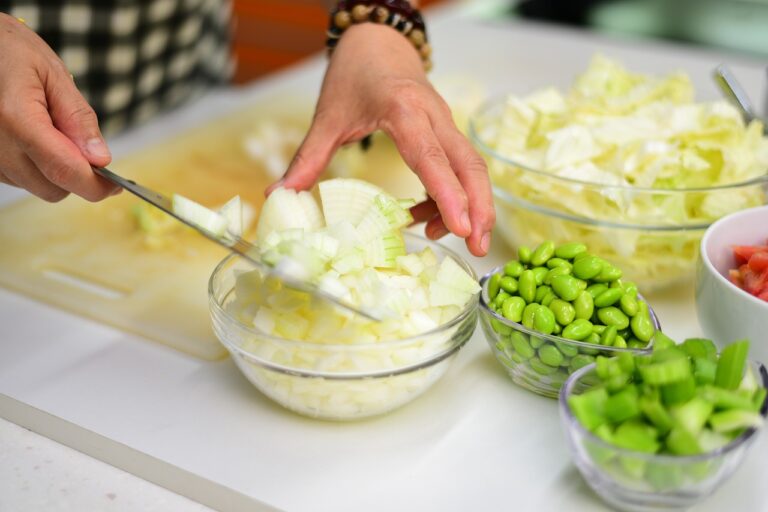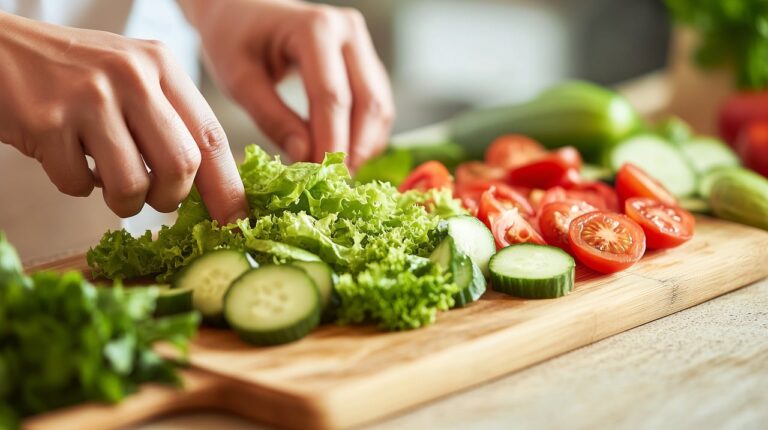Boiling: A Comprehensive Guide
Boiling is a fundamental cooking technique that involves heating a liquid to its boiling point, typically 212°F (100°C) at sea level. When the liquid reaches its boiling point, it transforms into a vapor or steam. This process plays a vital role in various culinary applications, from cooking pasta to steaming vegetables.
Understanding the Boiling Point
Factors Affecting Boiling Point
- Pressure: The boiling point of a liquid decreases with decreasing atmospheric pressure. For example, water boils at a lower temperature at higher altitudes.
- Impurities: The presence of dissolved substances, such as salt or sugar, elevates the boiling point of a liquid.
- Surface Area: Liquids with a larger surface area tend to boil faster due to increased exposure to heat.
Boiling Point of Common Liquids
| Liquid | Boiling Point (°F) |
|—|—|
| Water | 212 |
| Olive Oil | 468 |
| Milk | 212 |
Benefits of Boiling
- Sanitization: Boiling eliminates bacteria and other microorganisms from water, making it safe for consumption.
- Tenderizing: Prolonged boiling breaks down tough fibers in meat and vegetables, resulting in a tender texture.
- Cooking Efficiency: Boiling is an efficient method of cooking large quantities of food, such as pasta or rice.
- Flavor Enhancement: Boiling vegetables in water or broth extracts and intensifies their flavors.
Practical Applications of Boiling
Boiling Water
- Food Safety: Use boiling water to sterilize utensils, jars, and bottles to prevent contamination.
- Cooking: Create broths, soups, and sauces by simmering ingredients in boiling water.
- Beverages: Prepare tea, coffee, and hot chocolate by adding boiling water to powdered or loose ingredients.
Boiling Food
- Pasta and Rice: Bring a large pot of water to a boil before adding pasta or rice, and follow the recommended cooking time.
- Vegetables: Blanch vegetables by boiling them for a short period to maintain their vibrant color and texture.
- Meat: Boil tough cuts of meat for hours to tenderize them and create flavorful stews or soups.
Steam Boiling
- Seafood: Steam fish or shellfish in a steamer basket over boiling water to preserve their delicate flavors.
- Vegetables: Steam vegetables such as broccoli or cauliflower to retain their nutrients and achieve a tender-crisp texture.
- Dumplings: Prepare dumplings by boiling them in a steamer basket over boiling water, or by simmering them in a pot with a lid.
How to Boil Correctly
- Use a large enough pot: Fill the pot only two-thirds full to allow for expansion during boiling.
- Season the water: Add salt or spices to the water to enhance the flavor of food being boiled.
- Cover the pot: Cover the pot with a lid to reduce evaporation and maintain a consistent boiling temperature.
- Monitor the temperature: Use a thermometer to ensure the liquid is boiling at the desired temperature. Adjust the heat as necessary.
Conclusion
Boiling is a versatile and effective cooking technique with a wide range of applications. Understanding the boiling point, benefits, and practical uses of boiling empowers home cooks and professionals alike to prepare safe, tender, and flavorful dishes. By following the tips and guidelines outlined in this guide, readers can master the art of boiling and enhance their culinary repertoire.








